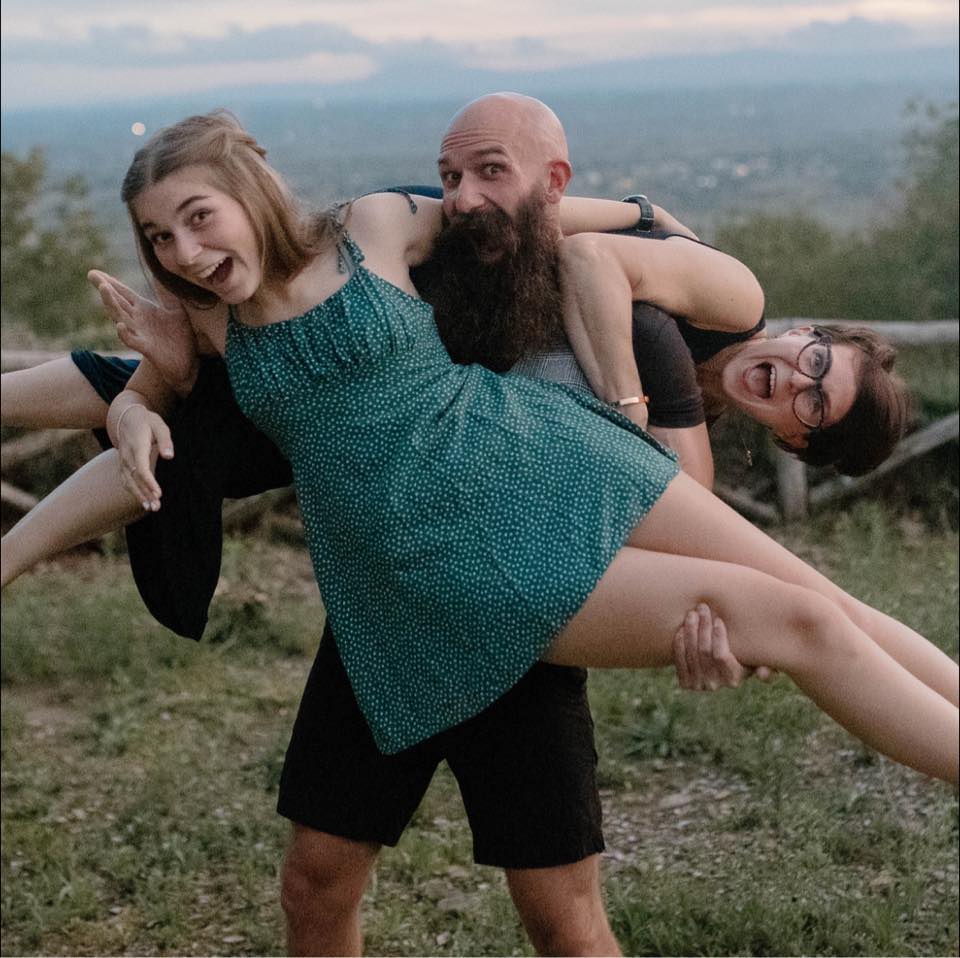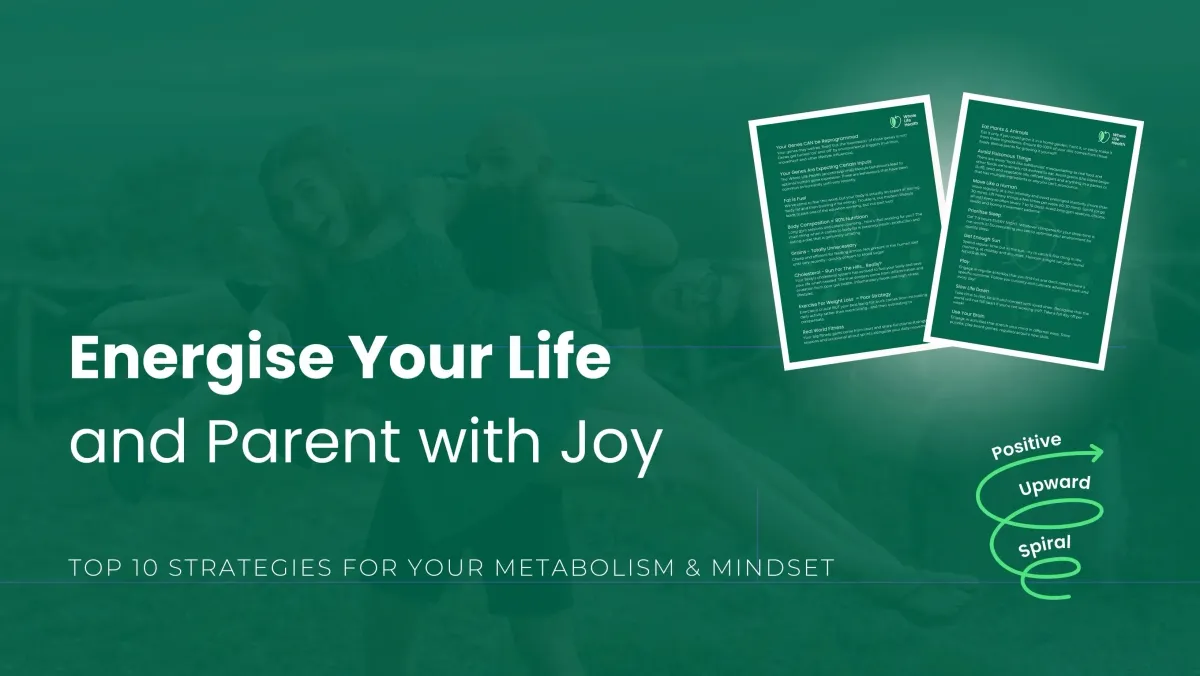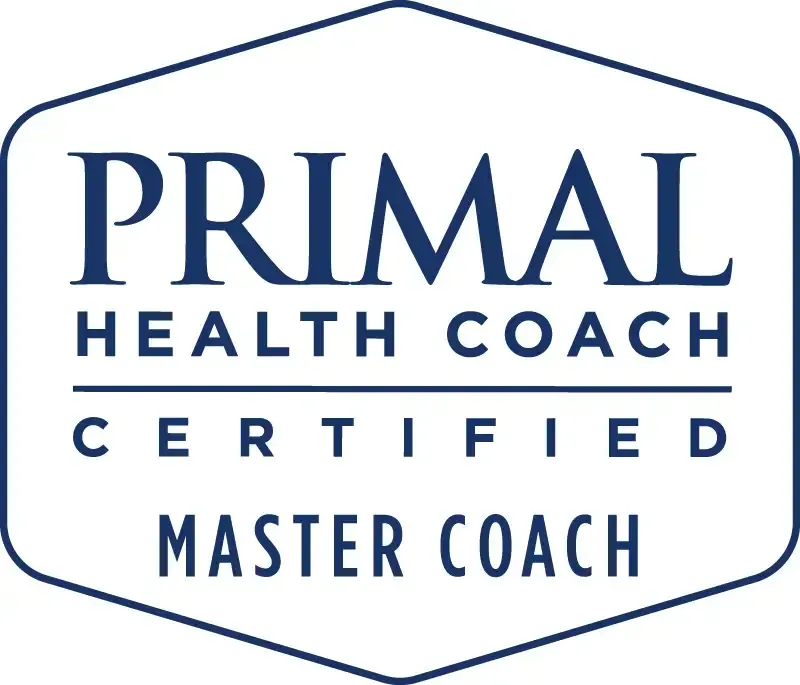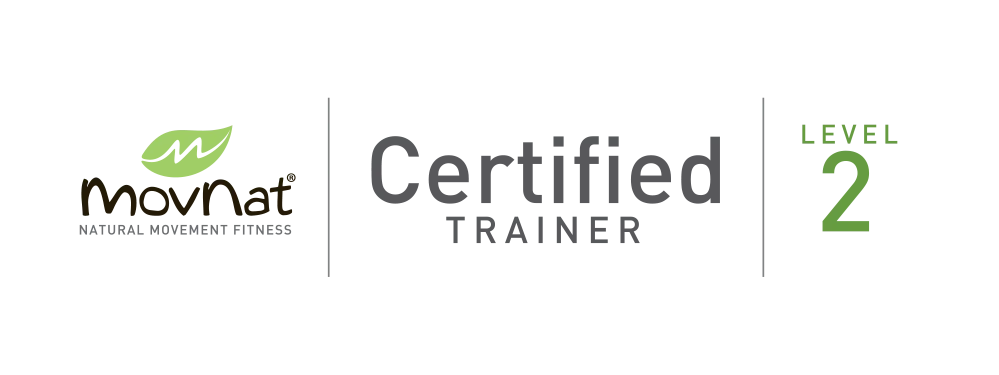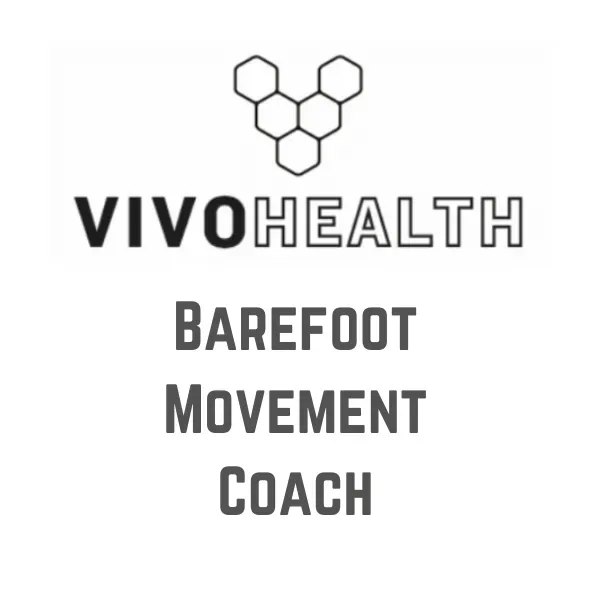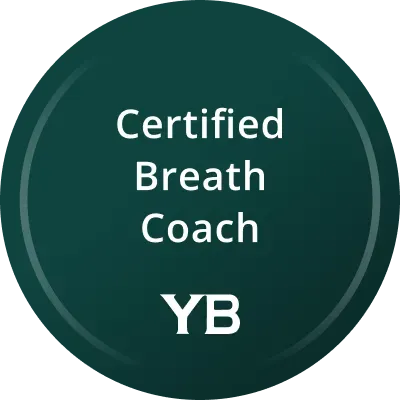
Chronic Cardio
Chronic Cardio
You’ll find no shortage of people crushing spin sessions or heading out for 3 to 5 runs per week where their heart rate is somewhere around 80% of their max - they aren’t all out sprinting but they also aren’t keeping it at an enjoyable level where they could maintain a conversation - sound familiar?
In the conventional fitness world, there’s a common belief that you must push your body to its limits to achieve optimal fitness. This 'go hard or go home' mentality often manifests in the form of ‘chronic cardio’ - excessive, prolonged, and intense cardiovascular exercises, often lasting 30 minutes or longer and repeated multiple times throughout the week (sometimes referred to as training in the ‘black hole’… because its so lovely to do… not). While this may produce short-term results or even athletic accolades, the long-term effects can be quite detrimental to your overall health. I know… been there, done that!

So, what’s the problem with chronic cardio?
The issue with chronic cardio lies in the fact that chronic cardio is not a great representation of what the human body has come to expect over tens of thousands of years of human evolution. Excessive cardio for prolonged periods can cause over the top levels of inflammation, that never get chance to fully come down, leading to an array of problems such as gut issues, sleep disturbances, high stress levels and ultimately, many of the chronic diseases now plaguing modern society. Our ancestors lived a movement rich lifestyle - but they didn't do structured 'exercise' in order to 'keep fit'. On top of this there's the common misconception that more cardio equates to substantial weight loss and muscle gain. However, in reality, chronic cardio can lead to a struggle in gaining muscle or losing body fat; again, this was very much my story.
When I was over-exercising and pushing my heart rate for extended periods, I suffered from high inflammation levels (think horrible hayfever, constant sweating and a niggling irritability) gut issues, sleep disturbances, and to top it all off, an exercise addiction. I needed to keep going back to the very thing that was making me feel like crap just to get the dopamine hit - how crazy is that? And despite all the effort and time invested, I struggled to gain muscle and lose body fat - I felt cheated!
I was crushing workouts but then totally over-fuelling post workout with a huge dependence on carbs to blunt the stress response and to get me ready for the next glucose burning workout… ergh!
So, is there a healthier, more sustainable approach to exercise? Well, I found my answer in the primal approach to fitness… and I reckon you might just do too!
Primal Fitness
The primal approach is a holistic way of exercising that pays heed to the body's innate wisdom. It encourages a balanced blend of activities that is a better representation of how our ancestors would have been moving on a day-to-day, week-to-week basis. This approach is about listening to the body, resting when necessary, and avoiding overexertion whilst also adding in some beneficial stress which leads to positive adaptation.
Unlike the 'go hard or go home' approach, the primal method focuses on consistent, low level movement and maybe 'exercise', blended with lifting heavy things a few times throughout the week and the occasional all out effort, maybe once per week or so. This approach is much more sustainable and leads to incredible fitness gains without the drawbacks of chronic inflammation, injury risk and the concerns around long-term health conditions.
Primal Movement Prescription
Regular Low Level Movement at Low Intensity Cardio (Zone 2 Training)
Walking, a slow jog, yoga, tai chi, a gentle paddleboarding session - all of these mimic the diverse movement-rich lifestyles of our ancestors which our biology has come to expect. This type of movement is restorative, enjoyable and actually helps keep long term inflammation in check, despite providing a small dose in the moment. As a big bonus we mainly burn body fat at this exercise intensity and are less likely to feel the urge to over consume food after engaging in these gentle activities. Many of these can be an ‘exercise session’ but also double up as a movement snack, something that you can get up and do regularly throughout they day, which keeps us well away from the ‘active couch potato syndrome’ whilst also not leaving you a sweaty mess when you return to your desk. What qualifies as low level? Any activity that you can keep at a heart rate under 180 beats per minute minus your age (if you’re 28 then you’re aiming to stay below 152 beats per minute & if you’re 45 then you’re aiming to stay below 135 beats per minute) or where you’re able to easily maintain a conversation.
Lift Heavy Things
We want to keep our muscles and joints strong and for this they need some stimulation from heavy loads. Our ancestors would have been moving logs, rocks, climbing trees or lugging an elk back to camp. You can do those if you want (maybe minus the elk) or you could do 2-3 sessions of 10-30 minutes of full body resistance exercises per week. Squats, deadlifts, pull-ups, push-ups and crawling are all great options though I prefer a bit more diversity and can roll this heavy lifting into my MovNat sessions. Here, we really do see benefit from intensity - our muscles respond really well to short but sharp stimulus - ditching or reducing the chronic cardio allows better application of intensity to these workouts and in the next category…
Sprint
Our ancestors would occasionally have needed to sprint after or away from something (did someone say sabre-toothed-tiger… eek). Most moderns abandon sprinting somewhere in their teens and to our detriment. The occasional all out effort is a great shock to the system that leads to amazing adaptation in muscles, bones, internal organs and even the brain! This could be a ‘Norwegian 4x4 VO2max session’ once or twice a week, a TABATA session or literal running sprints for 10-30 seconds with long and luxurious breaks in between. These short sharp spikes in inflammation and adaptive hormones are actually a good thing and a world apart from the long-term inflammation brought about by chronic cardio. These take such little time and the fitness gains are second to none!
My Fitness Transformation
Since I’ve adopted the primal prescription for exercise, my fitness has become much more broad, intrinsically enjoyable, life enriching and I’m so much more physically competent for taking on everyday adventures than I was when pounding the pavement, grinding out spin sessions or chasing PBs in the pool. The great thing about dropping the long bouts of chronic cardio is that it has made the time for more diversity in training, more recovery time and more time for the rest of life - now that’s a real win. On top of all this, remodelling my exercise along with my nutrition and other lifestyle factors means I no longer suffer with horrible hay fever, poor sleep, gut issues or exercise addiction; I’m also the leanest I’ve been since I was 7.
Just to be fully transparent, I still do occasionally do some activities that seem to fit the description or chronic cardio, but these are usually one-off adventures or ‘play’ that are life enriching. Ultimately, the resilience to fold these in with no negative side effects in the following days has been crafted by the primal movement prescription above.
If you’re wanting to put together a primal movement programme that works for you and that you find throughly enjoyable, book a FREE health strategy call where we can discuss which of my programmes would be a good fit for you.
Most of the changes we need to make, we know we need to make. The difficulty comes in actually making those changes and getting them to 'stick' long-term. That's where a health coach comes in.
Jake Mahal is a Primal Health Coach & Habit Change Expert here to guide you toward great health for you and your family. Book a free People and Planet Health Strategy Call today to see which Whole Life Health programme is right for your family and start your journey towards habitual hopeful living.

